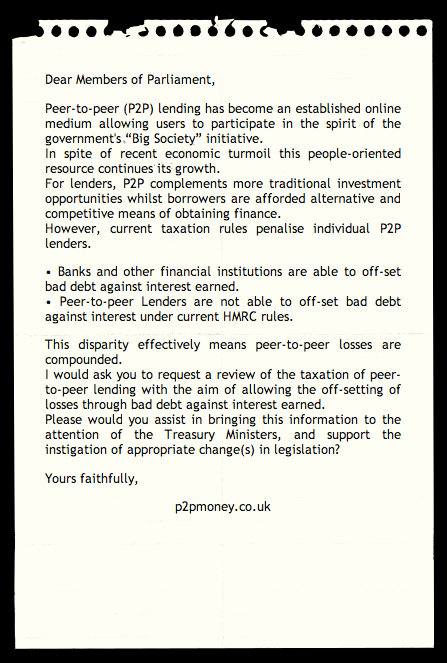I’m an avid reader of the Lend Academy blog by Peter Renton, in fact, I recently reviewed his book about Lending Club, The Lending Club Story on the Funding Knight blog.
One of the reasons I love Lend Academy is the amount of information and analysis on offer for P2P enthusiasts. Yes, it’s focused on the US market but it never fails to get me thinking…
This week, it’s the a guest post called Loan Descriptions – Can They Be Helpful When Choosing Loans? that has caught my eye. Written by Sam Kramer, a financial sector old-timer and keen P2P investor (You can find him on Twitter @P2P_CT), the post delves into historical data to investigate whether the loan description that introduces a P2P loan is at all predictive of its eventual repayment rate i.e. can you predict which loans will default simply by reading their name?
Well, I won’t let all of the results out of the bag, you should head over to Lend Academy to read the full post for that (and subscribe since this is just the opener in a 2 -part guest slot) but here’s a taster to whet your appetite.
Default rate by loan description length
Top level analysis: Very short loan descriptions (between 1 and 10 characters) have a reasonably high default rate. (Note, interestingly, no-description loans have a lower-than-average default rate, as do short loan descriptions of 11 – 350 characters).
The post goes on to look at the impact of longer descriptions as well as drawing attention the the impact that recency of loans will have – if no-description loans are a relatively new thing, then logic says they’ll have a lower default rate since less of them will have grown to maturity.
This latter point is relevant for virtually every piece of analysis you’ll see about peer to peer lending as the whole industry is so young. Finding a way to compare default rates of very young ‘unseasoned’ loan books with the much more mature lending portfolios of mainstream banks could throw up some interesting analysis… any volunteers?



